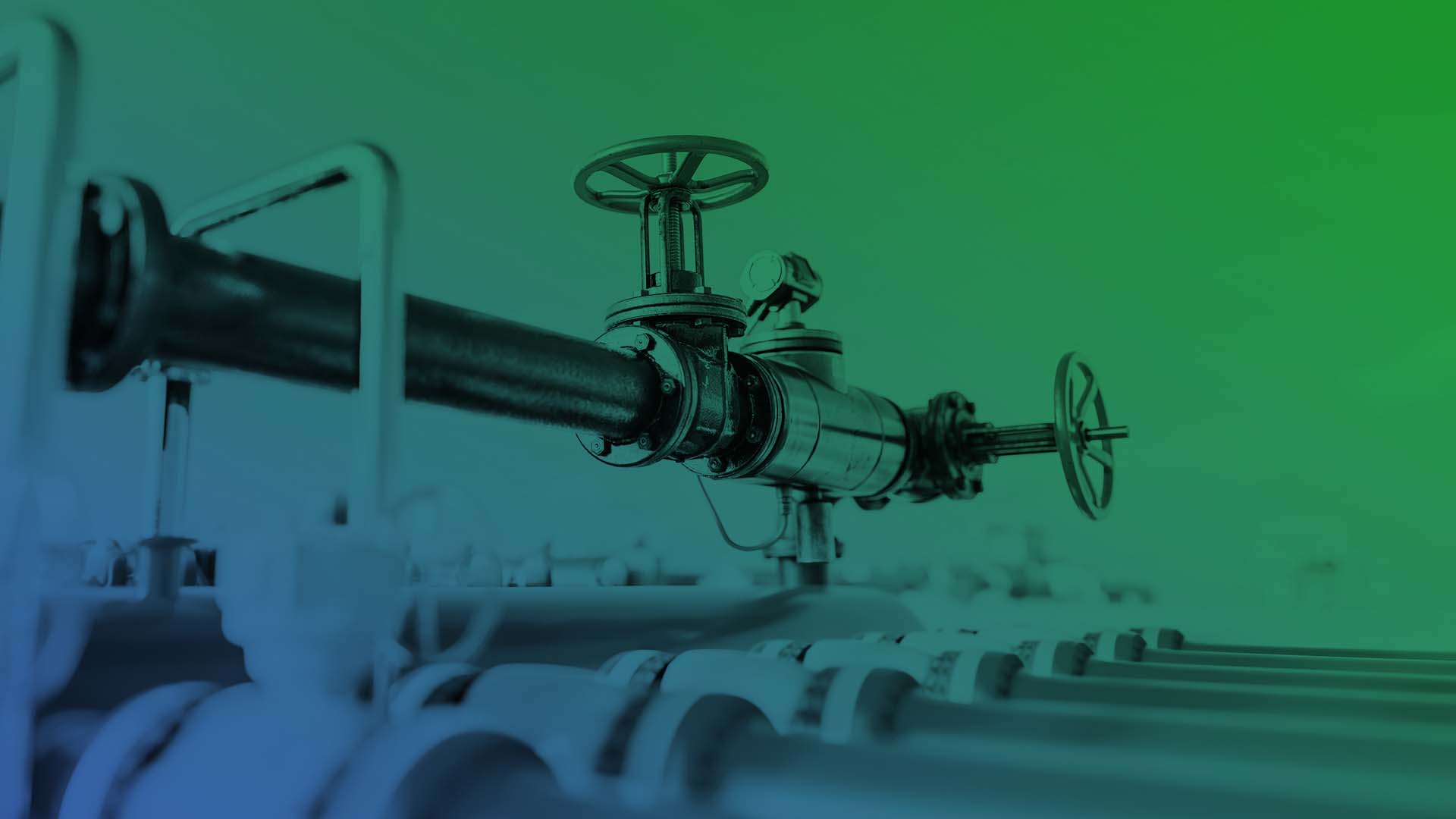In the hydrogen strategy adopted in July 2020, the EC assumes the production of up to 1 million tonnes of hydrogen from renewable energy sources by 2024 and up to 10 million tonnes in the years 2025–2030 – it is then to become an important element of the energy system (currently, global production is approx. 70 million tonnes).
From 2030, hydrogen from renewable sources is to be used on a large scale in all industries that are difficult to decarbonize. The EC gives priority to green hydrogen from wind and solar energy. However, it leaves a loophole for the use of "low-emission" (i.e. blue) hydrogen.
In the years 2020-2030, 67 hydrogen production projects are planned to be launched in the EU for energy and climate protection, 62 of which are to use electrolysis, creating the possibility of using renewable energy sources. This will help to implement the ambitious EU climate policy to the greatest extent possible, reducing emissions and enabling, for example, the use of surplus energy from wind farms for hydrogen production.
Despite the EU's promotion of green hydrogen, it is expected that in the medium term, blue hydrogen. This is not only due to the need to maximize the production capacity of the raw material, but is also the effect of efforts by fossil fuel exporters to take their interests into account. From the Polish perspective, it is important that the development of the industry helps in the energy transformation and reducing GHG emissions, as well as supporting Polish industry.
The EU’s plans to replace natural gas with hydrogen are important for Poland, which has focused heavily in recent years on investing in new import infrastructure and plans to increase its natural gas consumption.
Company EcoEnergyH2 Sp. z o. o. running a business in five areas, within its technological synergy potential in Świnoujście, will develop and implement technological chain as an energy complex which will include: hydrogen production based on imported or locally extracted natural gas as a raw material for emission-free production [in the pyrolysis process] of hydrogen [and graphite], its underground storage and distribution and supply of hydrogen fuel, design of ships and production competence networks, as well as extensive regulatory knowledge.




